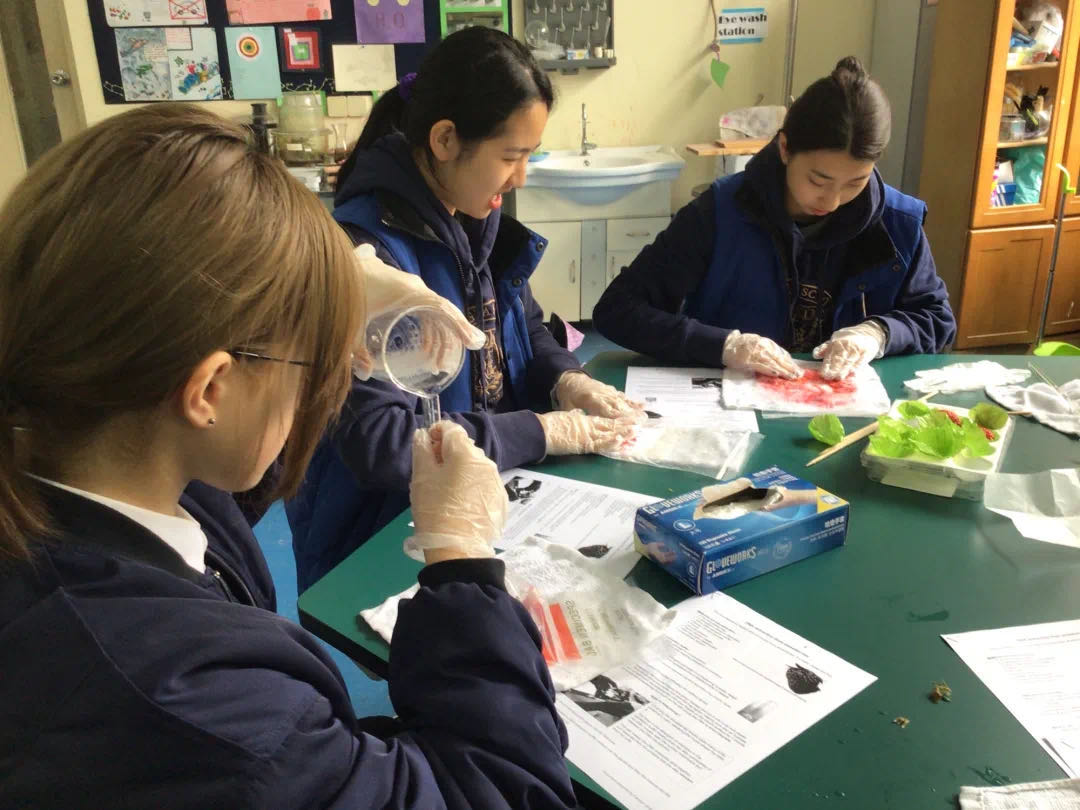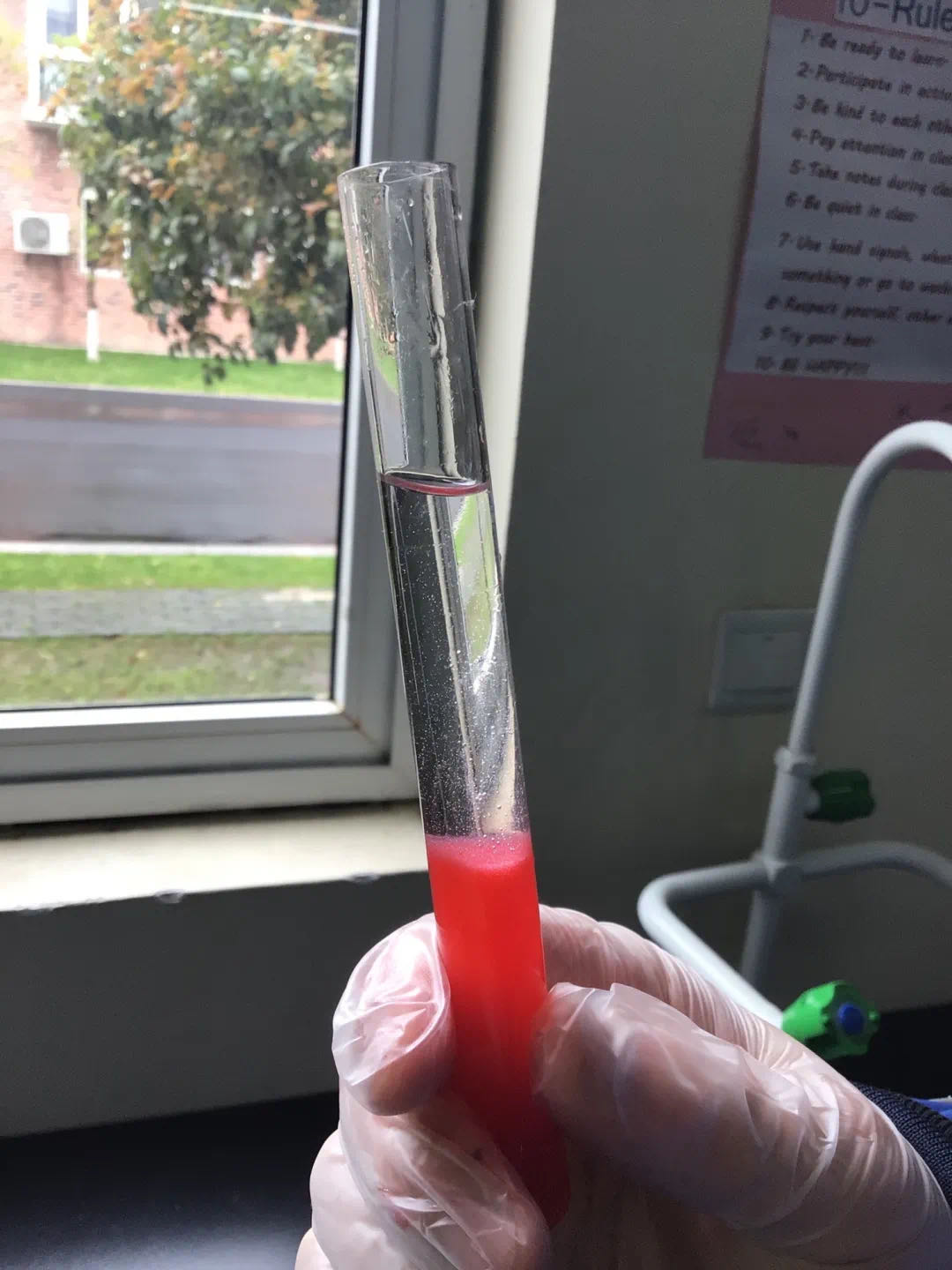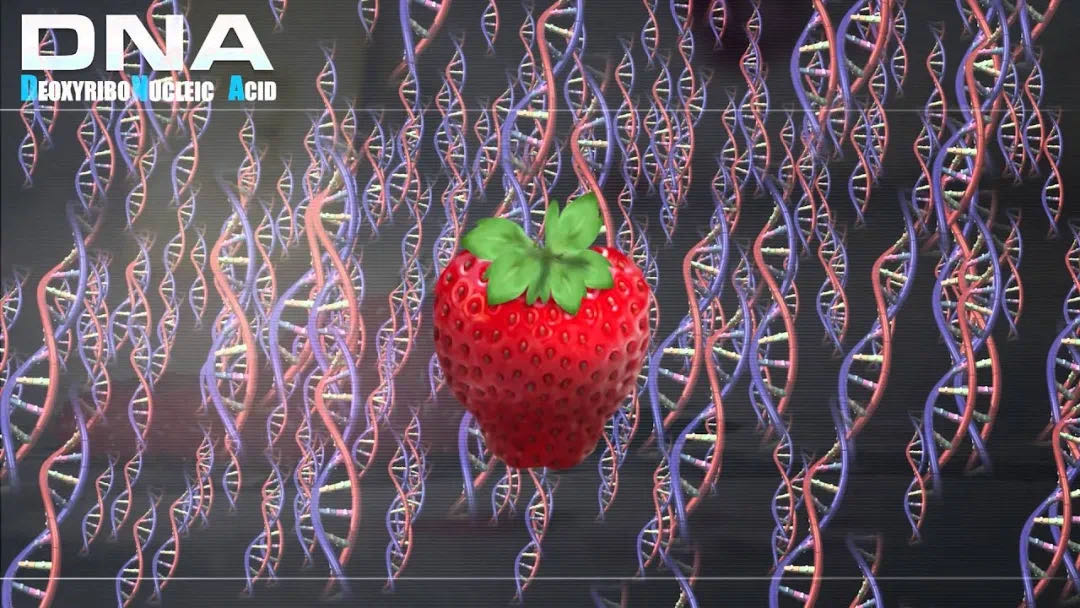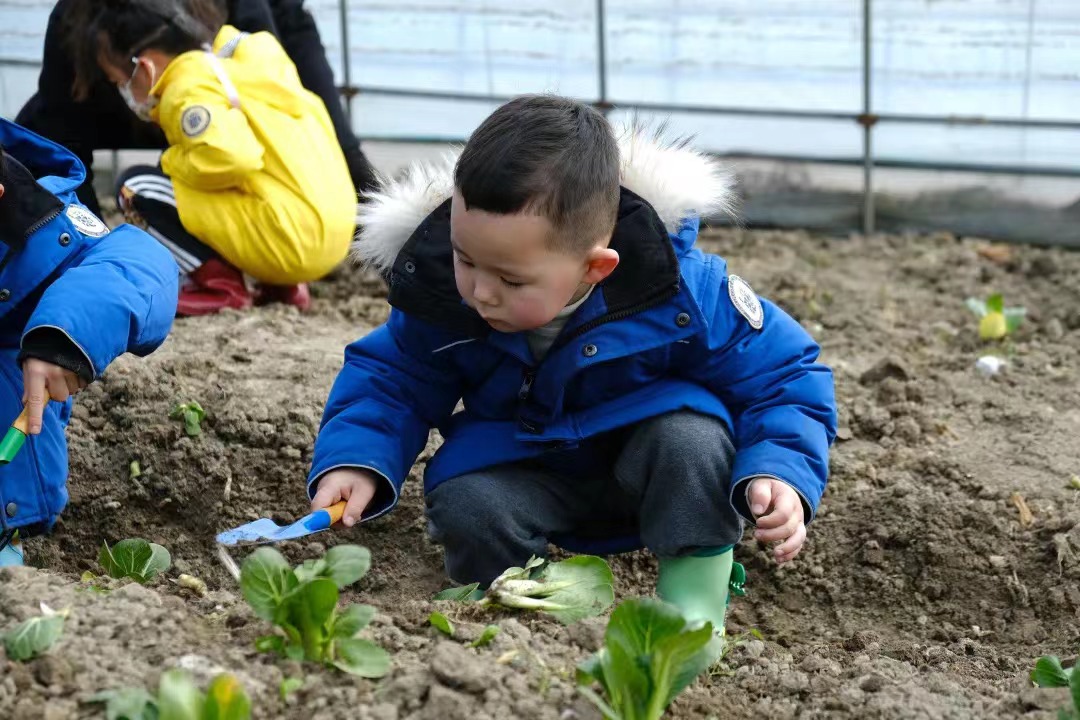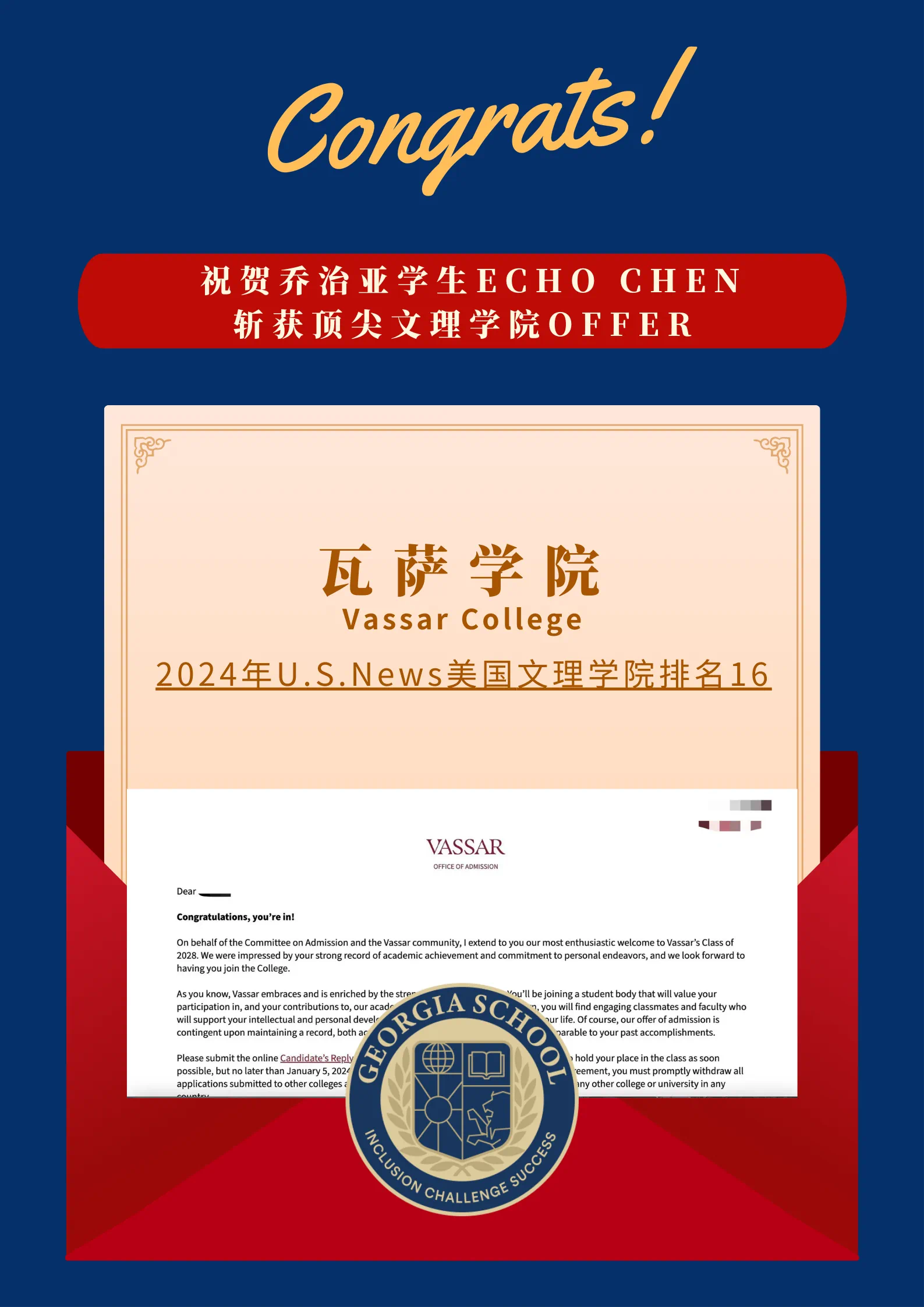DNA Extraction in Science Class
GSN’s Grade 9 students are currently studying the fascinating science of genetics! The ability to extract DNA is of primary importance to studying the genetic causes of disease and for the development of diagnostics and treatments. It is also essential for carrying out forensic science, sequencing genomes and for detecting viruses in the environment.
To examine the DNA extraction process, GSN’s Middle School Science teachers designed an experiment focused on the DNA of strawberries. Ms. Liezl Andal and Ms. Maria Ramassa explain, “The long, thick fibers of DNA store the vital information necessary for the cell growth and function. DNA is the set of instructions used within the chemistry of life and it is present in the cells of all plant and animals. Strawberries are soft and have large genomes. They are “octoploid”, which means they have eight of each type of chromosome in each cell. Because of these factors, strawberries are an ideal fruit to utilize in DNA extraction lab experiments. Strawberries yield more DNA per gram than most other common fruits.”
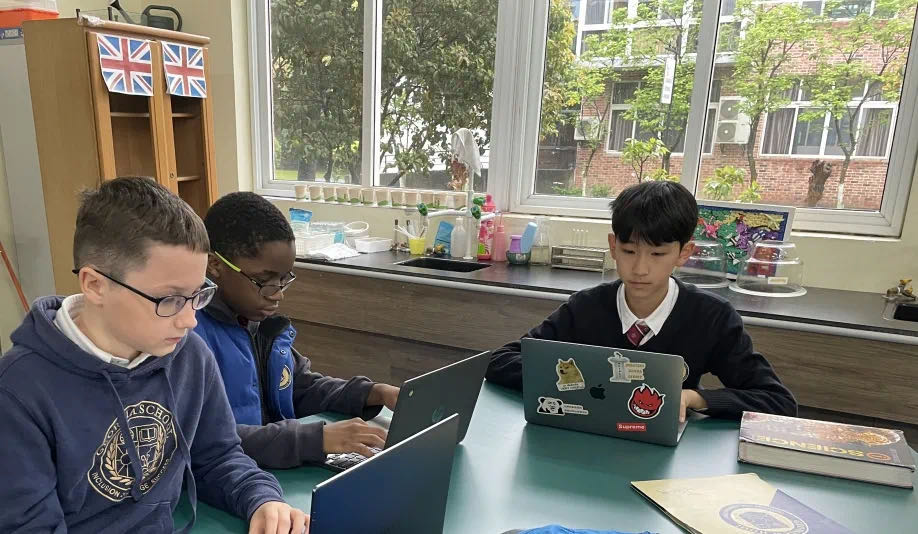
Georgia School’s Science program is built upon the, US developed, Next Generation Science Standards (NGSS), which are K–12 science content standards, developed to ensure a comprehensive and modern science education for all students. Curricular Standards set the expectations for what students should know and be able to accomplish within each subject area.
NGSS gives educators the flexibility to design classroom learning experiences that cover core scientific content while stimulating students’ interests in science through lab experimentation. Involving students in hands-onexperimentation generates interest and excitement in students. As Grade 9 student Anna mentions, “Science is fascinating! In our science class, I learn a great deal and learn to answer my own questions about life and the world around me.” Another student, Carol commented about their strawberry extraction lab: “DNA is such a magic thing. And this experiment allowed me to see real DNA for the first time!”
